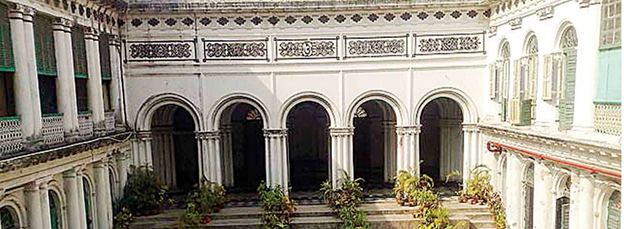

As the mercury goes beyond 40 degrees and tall concrete and glass buildings trap heat, resulting in more air conditioning and therefore more energy consumption and eventually more heat release, one’s mind is drawn again to how unsustainable a model of living this is.
Our ancestors faced the Indian summer, maybe a couple of degrees cooler, but nevertheless a notoriously hot season. How then did they manage to survive without air conditioning becoming a necessity? Yes, population was lesser, there was much less construction and more trees. But there is one important aspect that by construction reduced the temperatures of homes — the architecture.
Everywhere in the country, the design of the homes was built according to the climate of that region. Old houses, particularly in hot regions of India like Rajasthan’s havelis or the Chettinad region of Tamil Nadu, would have a central courtyard or aangan and the rooms would be built around it. A front door and a backdoor, allowed cross currents of air to flow through the courtyard. This was pretty much the pattern of houses in the subcontinent and was also congruous with the joint family system. The courtyard was a fulcrum where members of the joint family gathered for important conversations or for celebratory rituals, while the rooms provided each sub family some extent of privacy. Often, there were two or three storeys each, having their own courtyards. The roof of the courtyard had a skylight, through which dappled sunlight would fall, allowing a bit of the outdoors inside. This is how I remember my grandfather’s house in Trichy to have been. I see the same pattern in the few houses of that kind left, when visiting a north Indian town like Mathura, for instance. In Rajasthani havelis, the courtyards often did not have a roof, enabling family members to spread their mattresses and sleep under the starlit desert sky. In Kerala, the equivalent of the haveli was called Nallukettu, where each house had four sections and the courtyard was exactly in the centre.
For more information, please click here.
© 2025 ECO-NIWAS. ALL RIGHTS RESERVED.